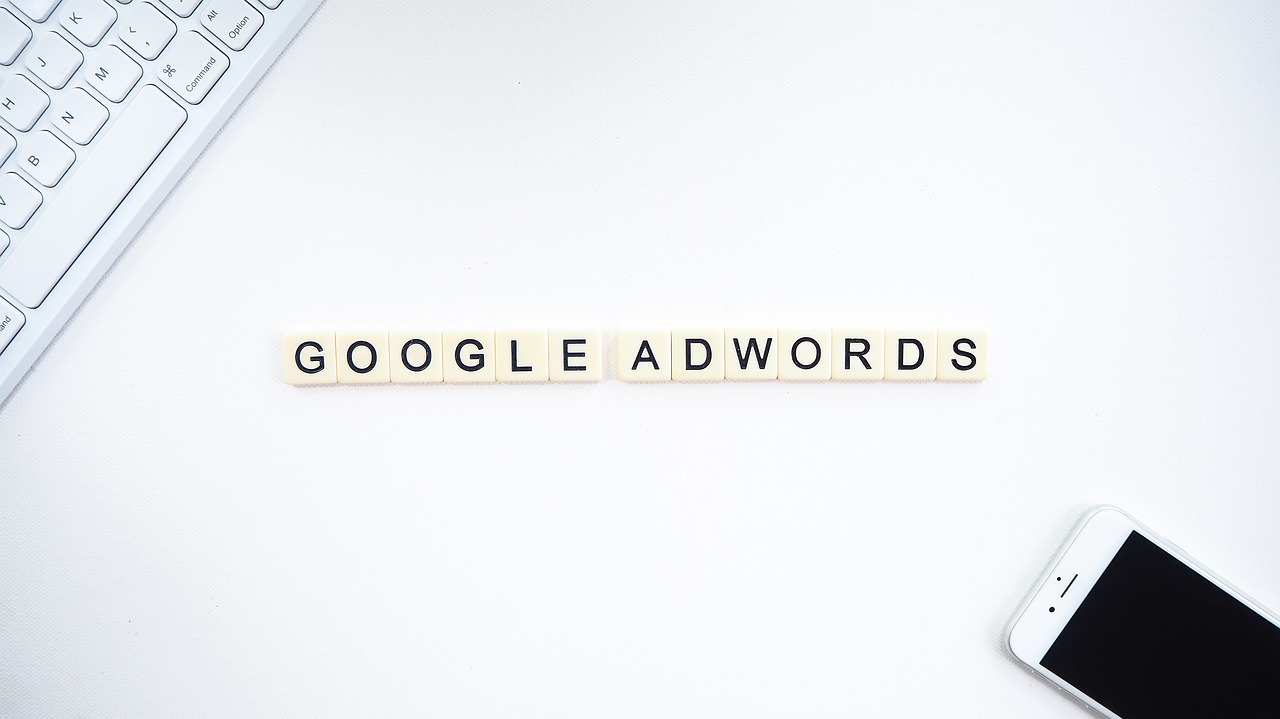1. Target Those Special Moments
Google Ads allows you to target the users around their huge life events. It is a process called Life Events Targeting. This service is currently available for both YouTube and Gmail ads and will help you reach people who are looking for services outside of everyday purchases. Some products and services center around special events and they are not relevant to us every day.
This is mostly ideal for services that have to do with moving, weddings, and college graduations, with more specific targeting on the way.
Google does this by isolating behaviors that are connected with these major events.
For example, If the system finds a user hunting for wedding dresses, then Google knows that this user has an upcoming wedding and will display the ads accordingly.
The addition of Life Events Targeting options to your campaign gives you more flexibility and allows you to be specific.
2. Use Remarketing as a CRO Tool
According to Ad Ready, the most effective ad display strategy is retargeting. Using a tracking code properly will help you go back to potential customers.
Remarketing is an effective way to improve your CRO, which helps you to persuade indecisive visitors to revisit your site. This is part of the goal completion and only be achieved with a good conversion tracker tool. It also saves you time and money. There is rarely a conversion on someone’s first visit to your site.
When you bring up remarketing, you are simply showing the same ads that people viewed earlier a few more times. This way, you can bring them back to your site and increase the odds that they’ll click your display ads and purchase your product. Conversion is higher when you are consistent with retargeting.
Most conversion tracker tools make use of a conversion code embedded in the click to track how visitors got to the site. You may also include a discount code to understand what ads led to a conversion action.
3. Ask the Audience with Google Surveys 360
This feature can be a great way to measure your users’ reactions to your advertising and also your site in general. There is a service called Surveys 360 where you can run surveys by taking the temperature of your audience.
This is a straight way to conclude what is working with your ad campaigns and what is not. This gives you a chance to spend your marketing budget effectively and make the necessary changes.
You can use zip codes to target your surveys to prospects, and the results are naturally generated fast.
Google can also be able to target your surveys to specific individuals based on criteria like age, gender, and location. In order to eliminate irrelevant targets, screening questions can be issued first.
Surveys 360 makes A/B testing very easy since you are getting direct feedback from the customers. You can also ask them the reason for clicking the ad in order to understand better the preferences and likes of your audience.
4. Google Assistant
Google Assistant recently originated out of the world’s most powerful search engine platform, and it has advanced the way customers shop.
It provides the users who click on your ads the capacity to use its services to purchase products using voice commands.
Voice search and voice command actions are becoming more common with modern internet users. Also, you can upload your local inventory using Google Assistant so that the users can be able to see how much stock you have of a certain item.
Google Assistant has the capability to provide real-time results to customers, which is a valued service. Additionally allows faster mobile checkout, which serves to improve the user experience and, in turn, drives brand loyalty and retention rates across the board.
5. Extend Your Locations for YouTube Ads
YouTube ads are appealing mostly because they are visual, and also, they are targeted. But in the present day, Google Ads is permitting you to extend your locations for YouTube ads, meaning that the viewers will be able to see more hyper-local advertising.
This could be used to bring prospects into a physical location or just create awareness about your business in the local market.
This feature allows you to list your physical location below the video in an extension box. This will let you be able to target more precisely while tailoring your advertising for different prospects and different locations.
The core benefit of this new service is that it brings hyper-advanced targeting into the video marketing world. It’s important when you look at how much more effective video marketing is at drawing the attention of prospects.
The majority of businesses are making use of video as a marketing tool in 2019. Also, it has been discovered that users would rather watch online videos than television and that the number is increasing by the day.
6. Integrate Negative Keywords
Each time you run a Google ad for the search network, you have to know that most search queries will be irrelevant to your offer. Negative keywords, which exclude certain search terms from triggering the display of your ad, are a smart way to boost your Google AdWords conversion rate and help overcome this challenge.
Some negative keywords to include in your campaign are free, cheap, nude, naked, YouTube, Craiglist, etc. The benefits of negative are increased CTR, reduced CPC, and boosted ROI.
When you are integrating keywords, add negative keywords to prevent your search ad from showing to users who are unlikely to convert. Negative words also apply to ads on display networks. If you include a negative keyword list, your ad on display networks is unlikely to appear on a site where the content matches the negative keyword
7. In-Market Audiences Arrive for Search Campaigns
Google Ads uses machine learning in the identification of in-market audiences during the search network. This concept was previously only available on the Google Display Network.
Using In-Market Audiences, Google can be able to identify customers with purchase intent. It does this by gathering search query data and afterward analyzing the prospect’s online activities.
The metrics that it measures include the content of recent sites that users have visited, what related ads they’ve clicked on, and where they’ve converted for other companies.
This can be important for a business because it helps you to find purchasers who are nearing the end of their buyer’s cycle. The process becomes more effective with time as the system continues to make out what works and doesn’t work through machine learning.
A recommendation from Google to achieve the best results on conversions is to combine your In-Market Audiences campaign with existing remarketing campaigns. This will boost your reach without having to sacrifice relevance
8. All New User Interface
Google has come up with an all-new main interface in order to further improve the user experience. This makes for a more user-friendly experience with better analytic reporting.
It is easier for advertisers to cycle through their campaigns and ad groups with this new and improved interface. It also contains enhanced insights and an overview page that pops up when you sign in.
With this interface, Google is able to give you insights on all the levels of your account. Everything is covered from overall campaigns to specific ad groups. Users can also be able to access their performance reports in the upper right corner and can choose whether they want to look at dashboards or reports.
This advancement was timely because users complained that the old system was clunky and hard to use. Also, the new interface addressed these concerns directly, offering the users an experience that is faster than its former incarnation.
9. Better Speeds with AMP Ads
Google’s AMP landing pages are intended to increase page speed. This is one of the most common complaints among people who abandon websites.
AMP stands for Accelerated Mobile Pages. It is explicitly designed with the best speed in mind. It is way easier for browsers to interpret AMP HTML, making the whole process faster and, furthermore, more streamlined. These AMP pages are specifically designed to assist developers in elude coding issues because they are simple and effective. Faster sites get more engagement. Speed is an aspect that has a direct influence on conversions and brand loyalty.
This is a huge problem that companies want to get out in front of. According to Google, most mobile sites miss the three-second load mark by up to 19 seconds.
A page taking forever to load makes a poor first impression on behalf of your business. Slow loading times make you look bad, and the functionality of your website is considered the same as in-store customer service.
10. All-New Reports
Google’s advanced reporting is a beneficial new feature that will assist you in increasing your conversion rate. Google Attribution is a new reporting project that will help businesses determine where their conversions are coming from. It makes your work easier by showing you the impact of your ad campaigns at no extra cost.
Advanced machine learning is able to determine where your ad clicks are coming from. This gives you a chance to be more precise in tracking conversions. This allows you to focus more of your marketing budget on the paths that are paying off.
In addition, Google offers a mobile landing page report that offers suggestions on how best to optimize your landing page. You can make sure that your landing pages are fast enough while also reviewing site-wide usability using this service.
Also, it gives you the option of discussing with experts who will reply to your questions through Google’s discussion group.
It is vital to determine which one (if any) is paying off if you are spending equal amounts on the search and display advertising campaigns. If you see through analytic reporting that display ads are paying out way more than your search campaign. This means that you will have to figure out what issues are plaguing your search ads.
The end result is a company that wastes less and has a higher margin for profit.



